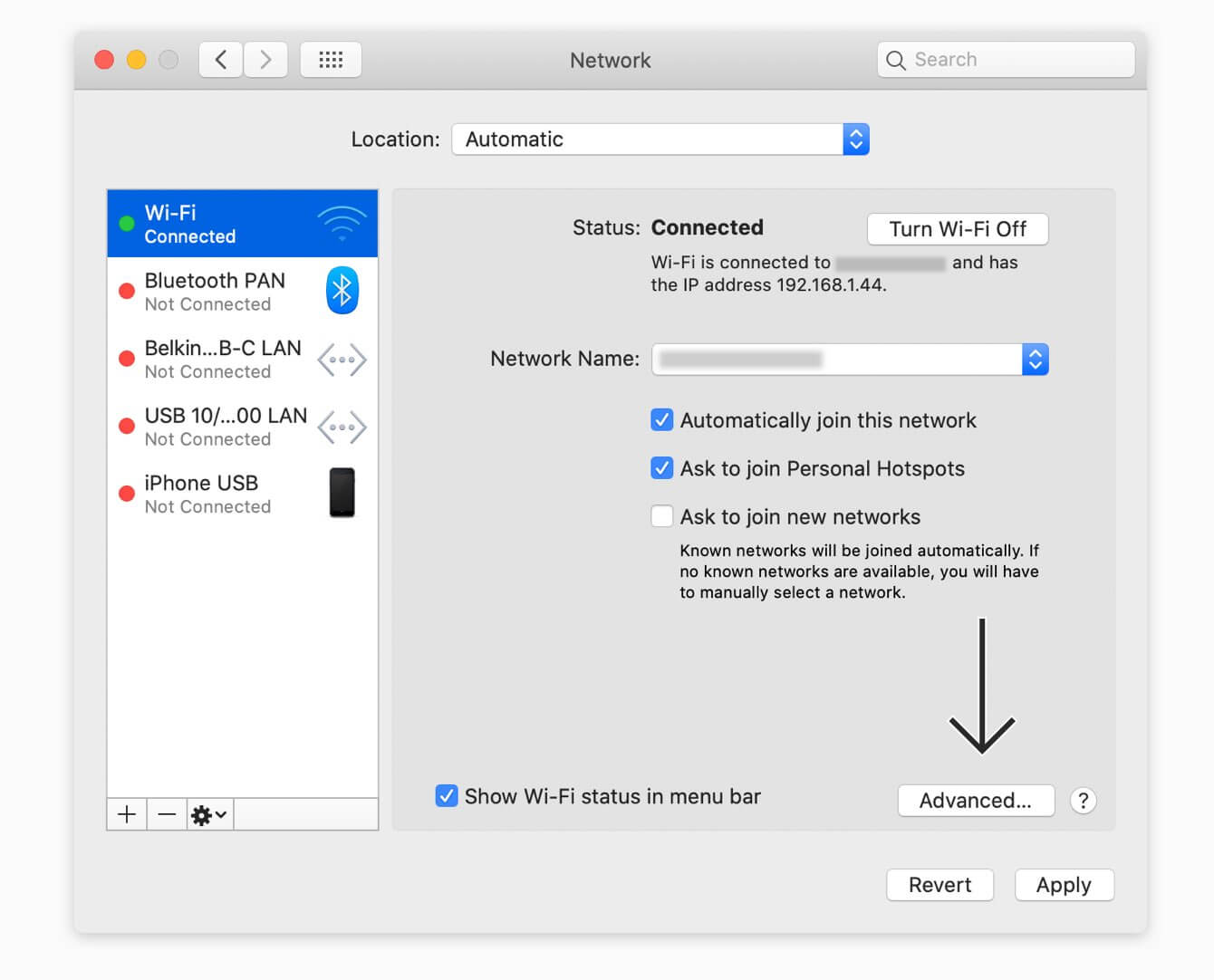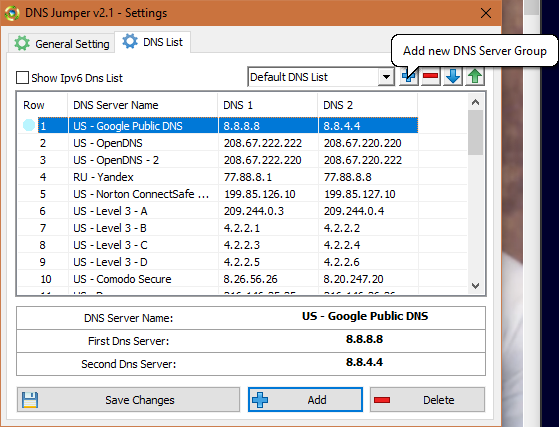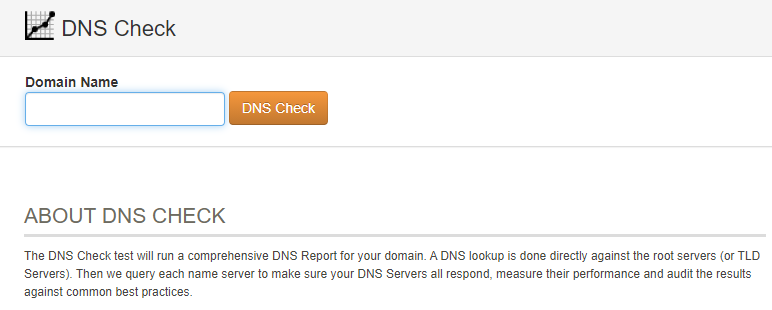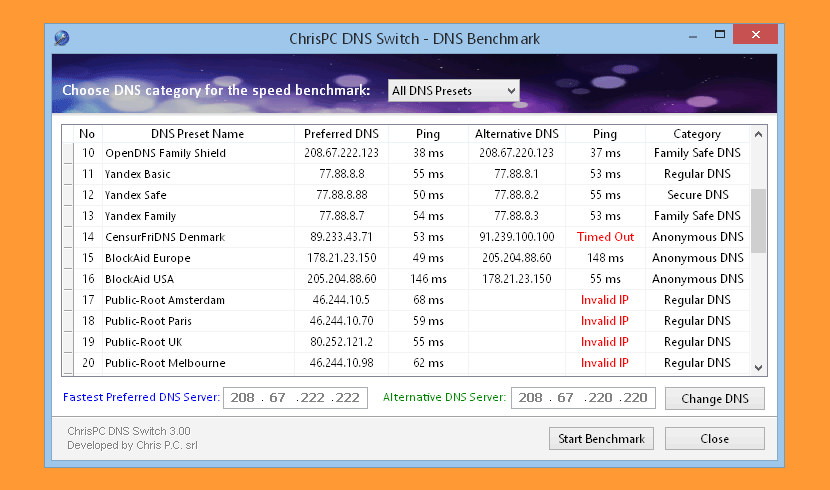

See below an example of a successful DNS lookup result:ĭownload Fing Desktop here, for additional features and enhanced capabilities including: Intruder Alerts, Security Checks, Timeline of Events & Unlimited tools.

The steps are exactly same but the only difference is that it starts out with an IP address and returns with the domain name. In a reverse DNS lookup, it is the opposite of the forward DNS Look up. Now, the user’s computer can communicate with the server directly.

However, it seems to run fine in Sierra (and Mavericks before that). It's not new code-the latest version (1.3.1) is from 2010. Namebench can also be built from source, so you could use it in Terminal, but I haven't tried that.
#Dns checking tool for mac software#
all the following mentioned software are free to use.

(CHeck the FAQ for answers about hijacking, and anything else in the output). Here are some tools and methods so that you can check the DNS server on Windows, Mac, Android, and iOS. Note: You may also see lots of scary messages about a DNS being hijacked you really don't need to worry about these. The report may tell you your current DNS is the fastest, or it may have recommendations for other servers. Thanks Marc!Īfter namebench has done its thing, your browser will open showing a page with results, including some "eye candy" charts like this one. This will open the results page in your browser-including the below-referenced eye candy-so you can compare the various DNS that were analyzed. Open Terminal and paste this command: find /var/ -iname "namebench_*.html" 2>/dev/null | xargs open It was designed as a resource for understanding and troubleshooting deployment of the DNS. However, thanks to commenter Marc K., you can still see the output once it's done. DNSViz is a tool for visualizing the status of a DNS zone. While the app still runs in High Sierra, you won't see any output.


 0 kommentar(er)
0 kommentar(er)
